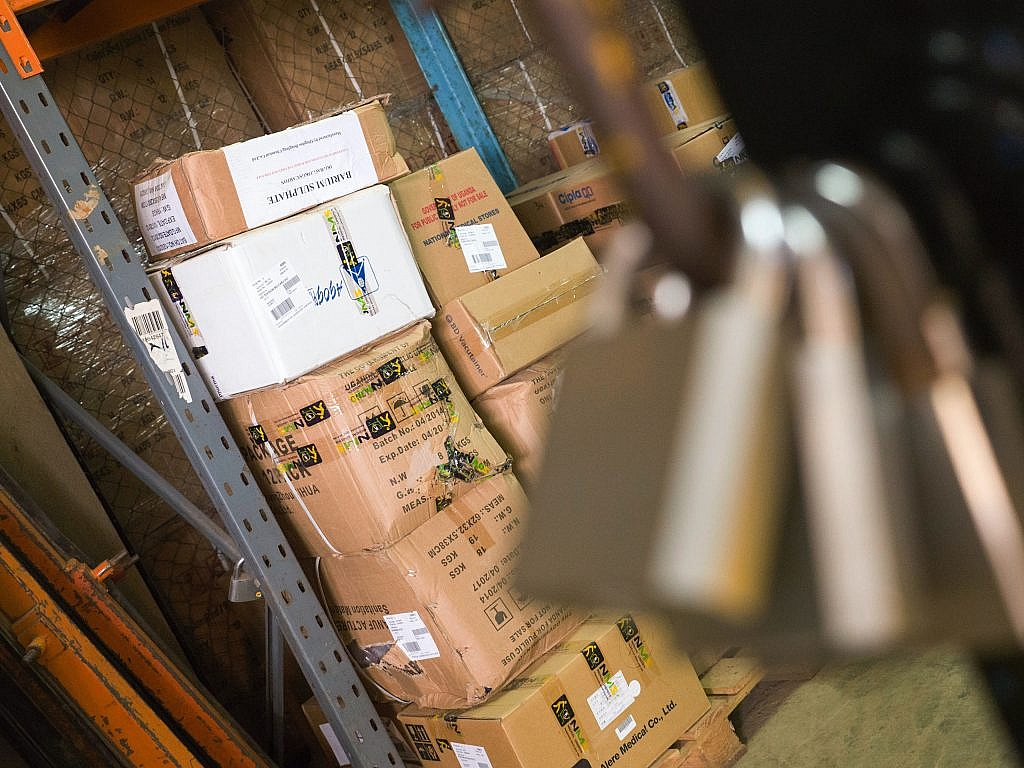How to Adapt Your Warehouse with Sudden Changes in the Supply Chain
The COVID-19 pandemic has pushed companies worldwide to adapt their warehouse operations accordingly. The dramatic changes have uncovered vulnerabilities in what many companies believed were resilient processes. With rapid changes in demand, variable access to supplies, and changing health and safety protocols, it’s extremely important to tailor your warehouse operations to rapid changes in the supply chain. Here a few tips to help you do that:
Prepare for the Unexpected
Always be prepared for unexpected changes in demand. And that means you should always be ready for practically anything you might face. Consumer purchase behavior can change instantly, so it’s advisable to be ready for both an unexpected uptick in demand and an unexpected drop. Think about expanding your inventory to incorporate items that your customers may require during a crisis like a pandemic, national calamity, and terrorist attack.
Such events can easily change how your warehouse operates. Develop contingency plans to ensure your employees understand the steps to take in times of crisis. You may have to take extra health and safety measures, concentrate on purchasing and selling new items, or adjust the process of order fulfillment to curb the spread of the disease. For easy adoption of new guidelines, it’s important to invest in employee training.
Branch Out and Deal with More Suppliers
The pandemic has forced many companies to rethink how they source their products. When the virus was ravaging through China in late 2019 and early 2020, it was almost impossible for some businesses to get the products and materials they required to meet the ever-growing demand from their customers.
You can avoid finding yourself in such a situation by branching out and working with more suppliers. The objective here is to ensure you’re not restricted to one supplier or region. Consider working with local suppliers and those working in different regions of the world. For instance, if you’re looking for a reliable supply of HVAC parts, you can partner with a supplier such as Cold Air Central or other both local and distant suppliers. That way, when the distant supplier has challenges delivering supplies that you need, the local one will step in.
Perform a Warehouse Audit
Your primary goal should be to make your warehouse as efficient as possible. And that starts with performing an operational audit. How long does it take to complete your supply chain processes? Are your products organized well? Is order picking quick and seamless? These are some of the questions you need to ask yourself when running a warehouse audit. But if you’re not confident you can do a great warehouse audit, then go ahead and outsource that task to a professional.
Be in Full Control
It’s important to be in charge of your business in times of a crisis, rather than depending on the government or other external parties. Stay on top of things as you embrace the new normal, but don’t wait for an overnight solution to your challenges. You have to put in some work to make your warehouse operations effective and resilient. You can buy additional safety equipment if your budget allows it. You can also automate some repetitive and labor-intensive processes, and choose new shipping routes to work through the crisis and outsmart your competitors.
Carry Out Thorough Employee Training
If your employees lack proper training, even the most reliable technologies and efficient processes won’t deliver value for money. Have well-structured training programs that concentrate on technology and effective utilization of available tools in place. These training programs should also emphasize safety and promote innovation.
Protect Employee Health and Safety
Keeping employees healthy and safe should be a top priority. Don’t jeopardize the health and safety of your workers just to continue delivering products and raking in profits. Instead, leverage the most recent safety information to develop effective safety measures for your warehouse. Review the nature of the activities at hand and come up with a way to minimize person-to-person contact so that you can curb the spread of the virus without compromising efficiency. Ensure there are enough hand sanitizers, face masks, and other relevant personal protection equipment in your facility to protect your employees.
Key Takeaways
The supply chain isn’t fixed. That means it can experience sudden changes. That’s why it’s important to adapt your warehouse to unexpected changes in the supply chain. The 6 aforementioned tips are a great place to start.
